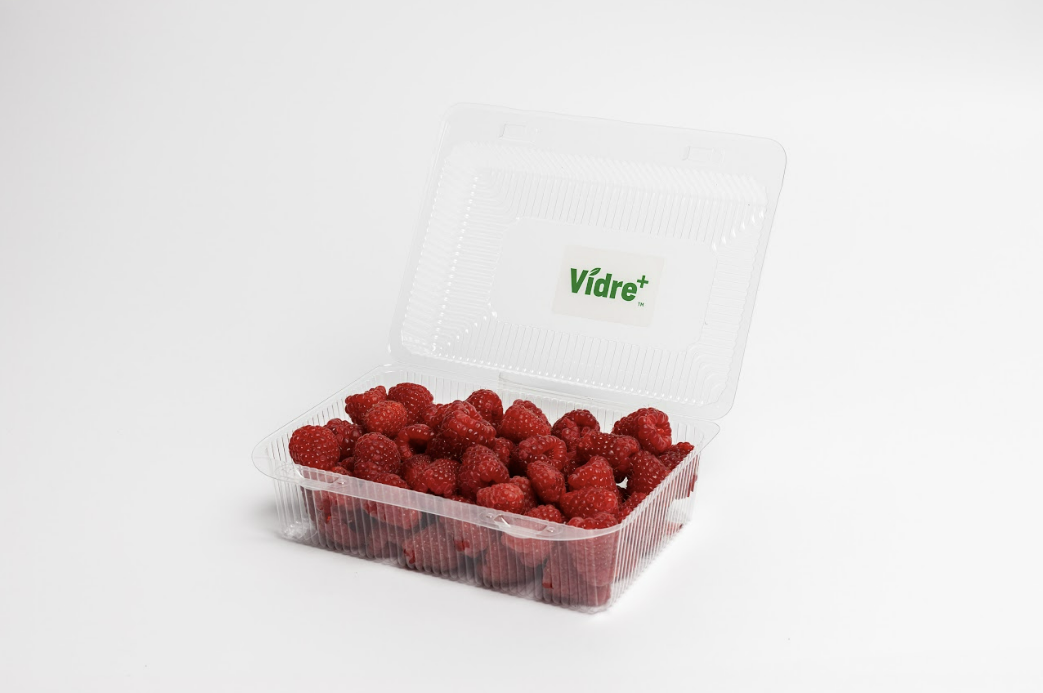
The International Day of Awareness of Food Loss and Waste is an excellent opportunity to remind ourselves that everyone, from consumers to producers, plays a role in tackling this problem. It’s worth taking time to consider solutions that can help us collectively achieve the goal of the 2030 Sustainable Development Agenda—halving global food waste at the retail and consumer levels and reducing losses along the supply chain. All over the world technologies and solutions are developing to limit food waste and raise awareness towards this issue. Endeavors like our revolutionary technology Vidre+™ contribute to minimizing food waste and losses by extending the freshness of fruits and vegetables. Initiatives focusing on raising awareness encourage people to be conscious and implement simple habits like carefully checking expiration dates.
Let’s start by looking at waste along the supply chain itself. According to the Food Waste Utilization for Reducing Carbon Footprints towards Sustainable and Cleaner Environment: A Review “Globally, the maximum percentage of total food wastage volumes (33%) is contributed by agricultural production. About 54% and 46% of food wastes is the upstream (production, post-harvest handling, and storage) and downstream (processing, distribution and consumption) waste volume respectively.”
There is a new solution that can act at many of the critical stages along the supply chain to save tons of food from being wasted. We have been successfully developing Vidre+™ — a cutting-edge technology that can tackle the food waste problem.
Another solution is to educate and support the change within consumers. In the US on average food is less expensive, which sometimes results in not appreciating it. As Recycle Track Systems guide Food Waste in America in 2024 states “Americans are often impulsive in their food purchases, unrealistically assessing how much food is required, and as a result buying more food than they need or buying food they won’t eat.” A separate problem is misunderstanding expiration labels. It accounts for 8 percent of consumer food waste in the U.S., costing around $30 billion a year. Hopefully, this issue will be soon resolved by the Food Date Labeling Act, as an example of California shows.
The UN’s latest Food Waste Index Report, compiled in collaboration with the charity WRAP, reveals that over $1 trillion worth of food waste is generated per year around the world. Every effective solution is invaluable and the best is to begin where the food waste starts.
Food Waste Solutions
Our Vidre+™ technology is transforming the battle against food waste. Our solution enables fruits and vegetables to be fresh for a longer time. As a result, there is less spoilage, and produce can be transported for longer distances with significantly less loss.
“Vidre+™ technology was designed to address the critical issue of spoilage in fresh produce. Capable of being applied across various fruits and vegetable crops, Vidre+™ can be a solution that can tackle food waste across the four most critical stages of the value chain. Our solution is not just addressing food waste, it is also paving the way for a more sustainable future for our global community.” – says Krzysztof Czaplicki, our co-founder and CSO.
We are looking forward to helping producers all over the world with shielding their produce against ripening and spoilage.
What happens with the unsold food from the supermarkets? The debate on how to proceed with it is at different stages around the world. In France, it is mandatory to donate unsold food, in the US, confusion with date labels led at least 20 states to restrict donating food after its labeled date. Yet, other, user-friendly solutions offer a win-win scenario to consumers and restaurant or shop owners.
With apps such as Foodsi (Polish startup) or more globally working, Danish company Too Good To Go, consumers can buy and rescue unsold food from their favorite spots at a lower cost (even up to 70%).
As executive director of ReFED — Dana Gunders states in the Q&A for Waste360, “The Food Date Labeling Act was reintroduced in Congress and has progressed into committee. This is the third time this act has been introduced. Our hope is that date labeling legislation will be included as a provision of the 2024 Farm Bill later this year.”
Meanwhile, the internet is full of articles and videos on how to prevent food loss by reading date labels correctly, such as a video from TedEd Food expiration dates don’t mean what you think – Carolyn Beans
Time to get involved and actively prevent food waste is good all year round. Still, the International Day of Awareness of Food Loss and Waste is an excellent wake-up call for all of us who are not conscious of the sheer amount of money and food wasted each year. Let’s be sustainable every step of the way and wisely buy products from responsible producers.
Sources:
Thank you for reading this article.
If you are interested in expanding your knowledge about Vidre+™ technology, follow us on LinkedIn or get in touch: krzysztof.czaplicki@freshinset.com.